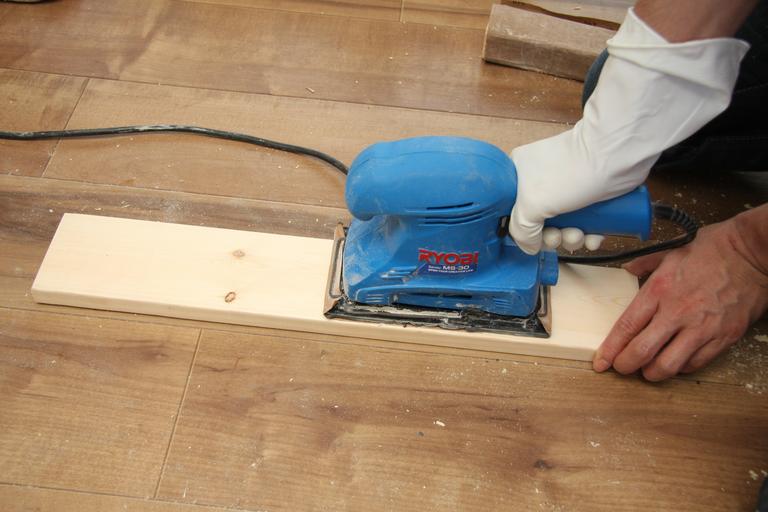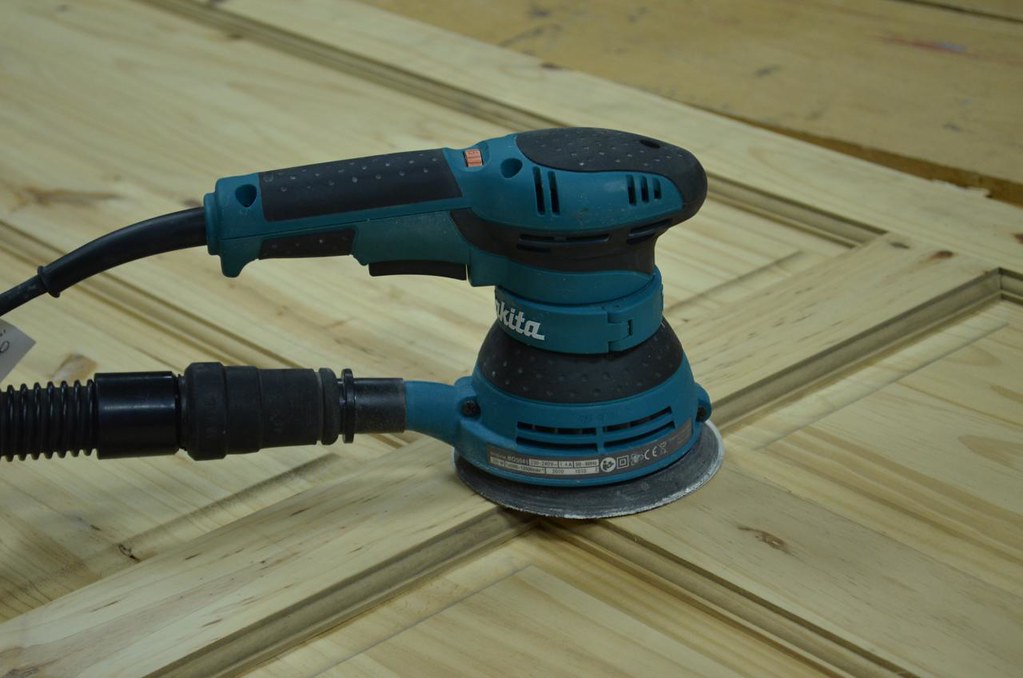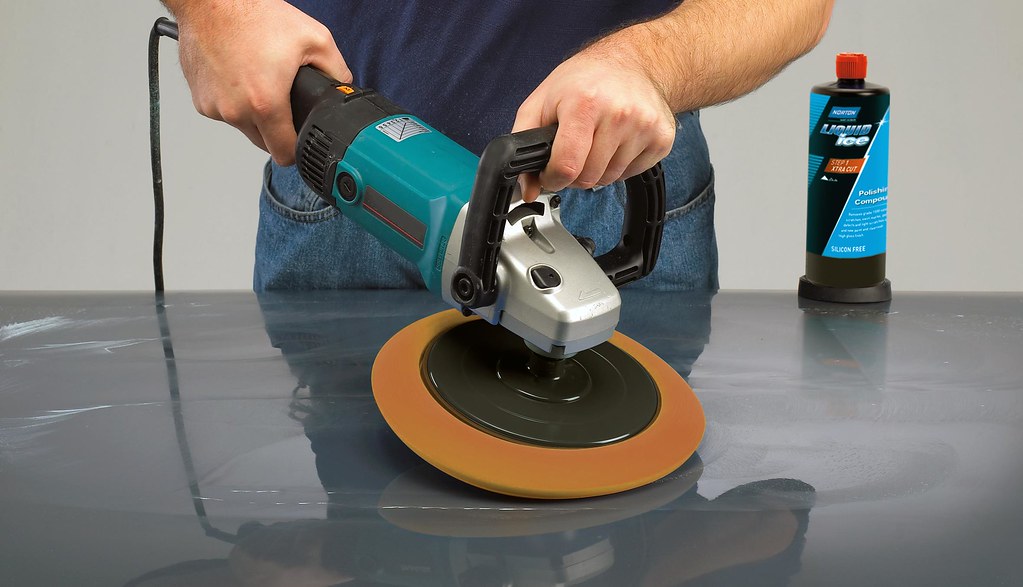Among the most important that you find doing in the field of carpentry is sanding. In fact, this is something that needs to be done in almost all carpentry projects. If you consider yourself an experienced carpenter, you may know that the use of sanders can turn out to be a rewarding experience. Still, the ultimate output can only be achieved while using the appropriate sander type for the specific job that you are performing. Among the most common types of sanders are the sheet sander and the orbital sander. While some may tend to be confused with their uses, let us take a look at the difference with orbital sander vs. sheet sander.
Sheet Sander

This type of sander is otherwise called finish sander. As suggested by the name, its purpose of the use is to complete finishing for any item you are completing. On top of that, it is also referred to as quarter sheet pad type of sander or palm sander, based on the sandpaper that is being used when using this equipment.
Generally, a sheet sander comes with a rectangular sanding pad. Its use is pretty basic, working in a circular, back and forth movement at ultra-high speed, making it the appropriate tool to use for detailing work, as well as smaller surfaces. The rectangle shape of the sanding pad makes it perfect for corners and edges.
Because the sheet sander moves back and forth, it may not be suited for removing a lot of materials in a single go. It is also not designed for cutting through several layers in just a short amount of time. Some who have attempted to found that they did not perform enough progress, even ending up with wasted energy and time.
Advantages of Using a Sheet Sander
There are a number of benefits that you can expect when using a sheet sander. For one, it is generally available, with its sandpaper almost found everywhere. It is also budget-friendly. With just a bit of practice from your end, you can complete a wide range of jobs.
They are also ideal and recommended for use on curves and corner edges. While not all types of sanders can reach these tight spots, a sheet sander is created to offer this capability. Unlike an orbital sander, a sheet sander is lightweight, which means that you will not have to worry about getting tired right away because of use. This factor is very important, especially for professional carpenters expecting to work for several hours on your project.
Also, since this is lightweight, you can bring this tool anywhere you may need it. It is also ideal for completing details and finishing touches while proving as an amazing option for smoothing and sanding between paint layers and coating.
Orbital Sander

In many ways, an orbital sander is similar to that of a sheet sander. In terms of looks, they almost look the same. However, the purpose of use serves as a fundamental difference with orbital sander vs. sheet sander.
An orbital sander is otherwise termed a random orbital sander, suggested by its function. There is a specific way in which its sanding pad moves. The motor of the orbital sander moves the pad randomly, in a circular movement. This is attained with an extra drive, making the sanding pad perform and complete elliptical movements.
This random movement is performed in order to reduce the left swirl marks on the working surface. Another difference is its price. With the extra requirements to create orbital sanders, more cost is involved. Still, with its extra power, an orbital sander is often used on rougher material types, and even with several layers.
Advantages of using an Orbital Sander
The sanding pad features a circular disk that comes with holes, used for dust collection. In the end, the dust goes to a dust bag. Professional carpenters connect this tool to the vacuum hose in their shop to make sure that dust is stored, keeping their workplace clean.
A random orbital sander is also known to produce vibration. In order to avoid hand fatigue or numbness, you may want to choose a model that comes with an anti-vibration feature, designed to reduce vibrations. Another option is to have an anti-vibration glove or taking short breaks just to be safe.
Conclusion
At this point, you now have a clear understanding of the difference between orbital sander vs. sheet sander. They may be similar to each other but their purpose of use is different. If you are an enthusiast or a beginner who does carpentry projects for fun, having a random orbital sander may doa the trick. While it is more expensive compared with the sheet sander, it is generally more versatile. On the other hand, if you are a professional carpenter, having both will get your tasks done in the most convenient and efficient way possible.
